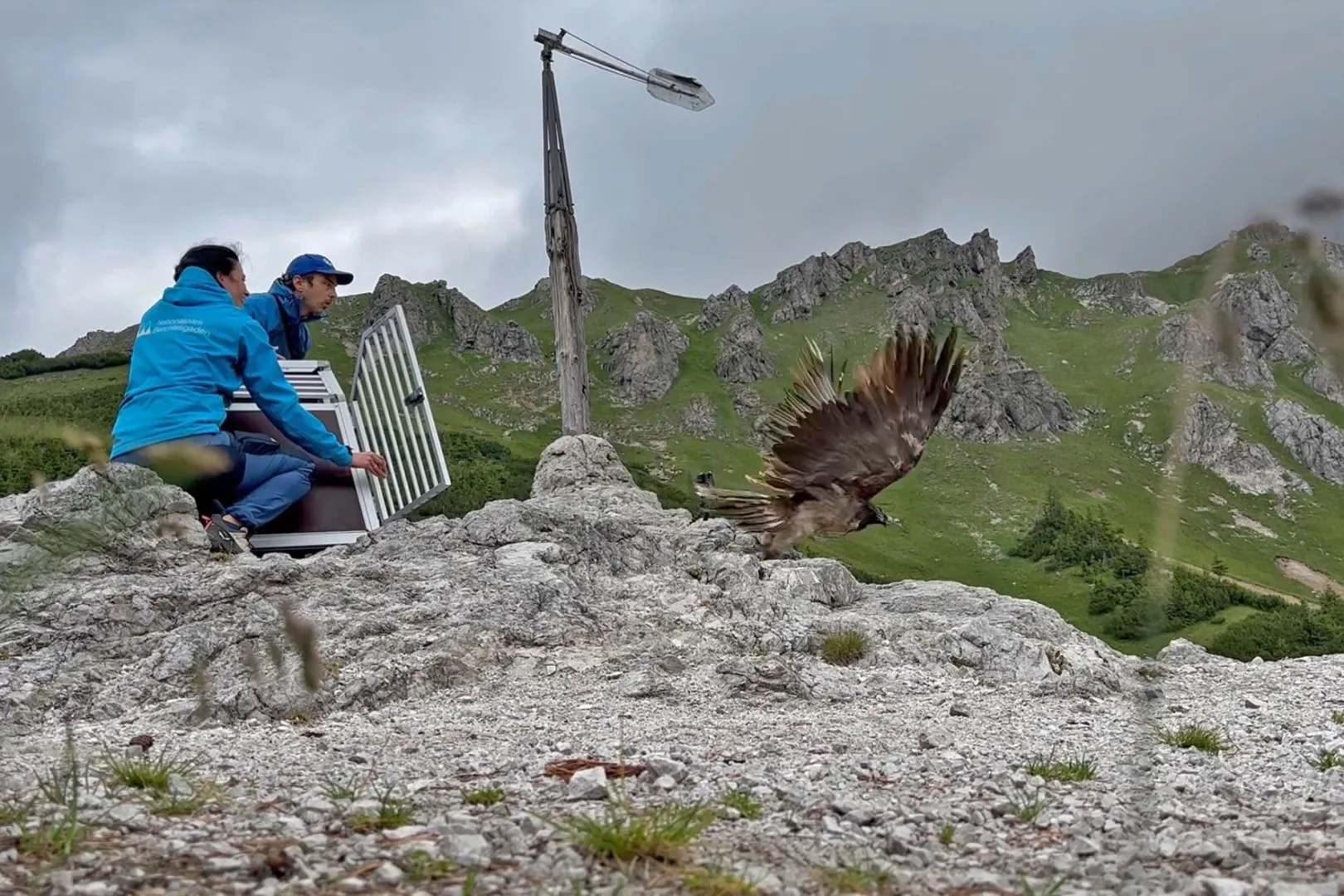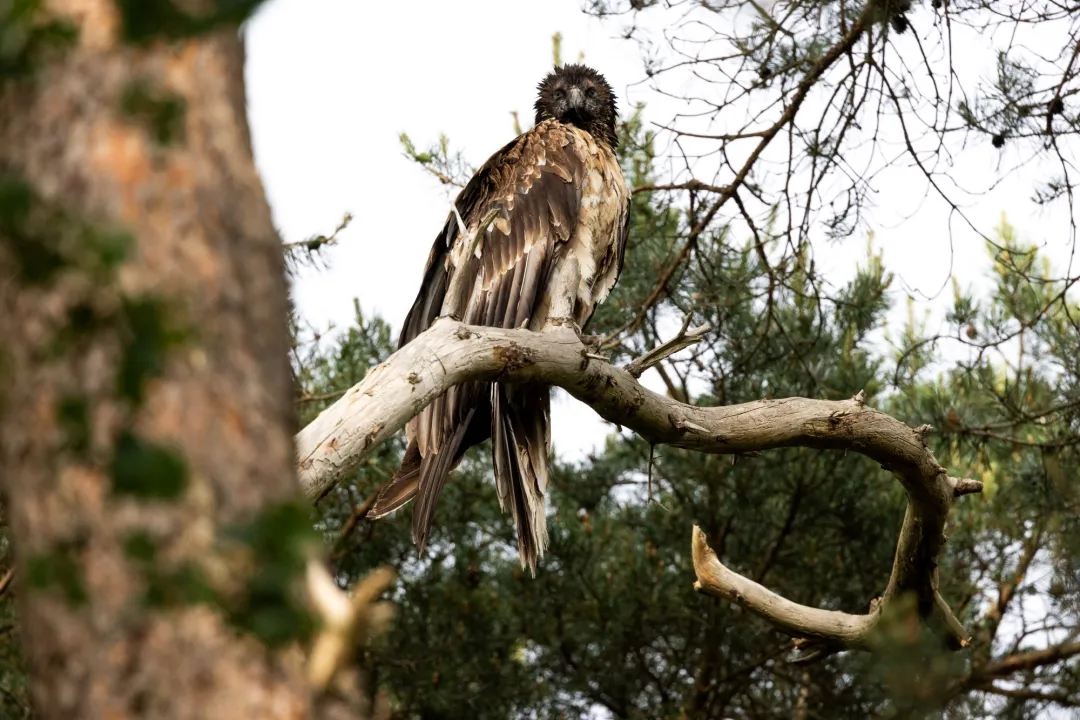
While most of us took some time off to celebrate Christmas or New Year, our captive bearded vultures kept their human keepers busy monitoring their breeding, which is now in full swing. Three eggs were laid on Christmas eve – in Yerevan and Ostrava zoos, and in the bearded vulture captive breeding center in Harignsee (Austria). Some more eggs were also laid in the last few hours of 2016 in Spain and Austria.
Bearded vultures are one of the earliest breeders in Europe – their timing perfectly adapted to have chicks in early spring, when many of the mountain herbivores on which they feed (when they die) have their first births – and birth complications! They start to lay beginning of December, with end of December- beginning January being the peak laying period.
Until the first days of January 19 females within our bearded vulture captive breeding programme for conservation (EEP) have laid 28 eggs. And we hope to receive in the next days news about more eggs, as there are potentially 35 laying females in the programme.
The bearded vulture EEP is an international captive breeding program which started in 1978 to provide birds for the alpine reintroduction project. Currently it is supplying birds to our 4 ongoing reintroduction projects (Alps, Grands Causses-included in the LIFE GypConnect framework,Andalusia and Corsica). The program is managed by the Vulture Conservation Foundation and includes 5 dedicated captive breeding centers, and has also birds distributed among 35 zoos and animal parks. All hatchlings are naturally reared, since only birds reared by bearded vulture parents are appropriate for the reintroduction projects and able to reproduce without behavioral alterations.
This requires close monitoring of the breeding situation of each pair and its adoption capacity, because chicks often must be transferred for adoption to secure a natural rearing process. Thanks to the great efforts and commitment that all zoos, private institutions and government recovery centers are putting in, our captive breeding experts can monitor daiuly what is happening with all the pairs, and thus follow the evolution of the breeding season.
Last year the bearded vulture captive breeding network produced a record 27 fledglings, and 17 of those were released throughout Europe. Let´s hope for a great year again in 2017!
Photo: VCF



